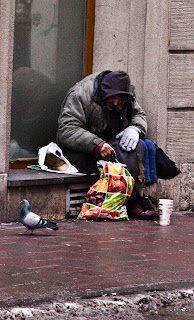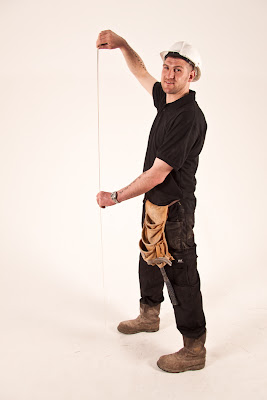The title of the People Brief is The Human Condition, as this is the basis of the project i have used this as a starting point for my research.
The following quote was given to us in the brief:
"It is absurd to divide people into good and bad. People are either charming or tedius" -Oscar Wilde
This supports the view that as far as Photography is concerned, everyone has something to offer to the camera, there is no good, bad, right or wrong.
I decided to research The Human Condition and found it on Wikepedia- although not a reliable source it is a good starting point:
http://en.wikipedia.org/wiki/Human_condition
It makes reference to the experience of being human in a social, cultural and personal context.
This makes me think about some of my favourite Photographers and how they photograph people and for what reasons.
One photographer that inspires me is Sebastiao Salgado- his work is emotive and deep with symbolism although it isnt totally clear whether or not the symbolism was intended.
An example of this is shown in a post i did last semester where i discussed my favourite image:
http://kathrynjefferson.blogspot.com/search/label/History%20of%20Image
Another image i like is:
Photo By Sebastiao Salgado taken from: http://www.masters-of-photography.com/images/full/salgado/salgado_mali.jpg
I think this shows a human in both a social, cultural and personal context there is a sense of allegory in the pose causing us to search for clues as to its true meaning. The clothing and face of the person suggest this is depicting a diverse culture and social setting compared to that of myself, there is a certain enigma about this image.
Although contextually this image by Annie Liebovitz is very different, it is not without meaning.
Photo By Annie Liebovitz taken from: ponygraph.blogspot.com
Photo by Annie Liebovitz of John Lennon and Yoko Ono taken from same site as above
I researched this image futher and found the following:
In this comparatively simple portrait, Leibovitz relies on intimacy for effect. Her aim was to immortalise John and Yoko's deep love for one another. But within hours of taking this photograph John Lennon was shot dead. Distributed around the world as a 'Rolling Stone' magazine cover, the photograph was instantly transformed. It became a memorial to Lennon and a symbol of the vulnerability of human passion.
This was taken from: http://www.nationalgalleries.org/collection/online_search/4:324/result/0/42479
This made me think about how you capture true love in a photograph and the different emotions on display to the camera are part of what makes us human and certainly what makes humans interesting to photograph.
I am interested in experimenting to try and look at emotion and facial expressions in portraits, not necessarily to show the typical happy or sad face but how a facial expression conveys someones personality- if at all. Some people are naturally more animated than others but if i can make my subjects feel comfortable then hopefully i can convey a sense of their personality.
A Photographer that comes to mind when i think about emotion in a photograph is Jill Greenberg:
Photo by Jill Greenberg
Taken from: http://www.buamai.com/image/12368
Although the emotion i want to convey is not as extreme as this, this serves as an example of emotion in an image. I also really like the sharpness and clarity in her work- the images seem larger than life and almost pop out of the screen.
Some important factors of the Human Condition are:
Feelings
Emotions
Expressions
Personalities
Behaviour
Language
All of which can be considered as communication of some form, it has been said for some time that the vast majority of communication is non verbal;
Albert Mehrabian’s theory is that Human Communication is split into the following: 7% Words, 38% Tone and 55% Body Language suggesting that over half of communication is non verbal.
After saying this I have now produced a series of 8 images using very little verbal communication, the result that may be expected is that the subjects would appear uncomfortable and may not possess the facial expressions and character that a good portrait should (in my opinion). However, the results in my appear to show a distinct level of comfort and convey the individual personalities.
This would support Mehrabian’s theory and suggest that my relaxed stance, constant smile and body language were enough to put the men at ease and allow them to be themselves, with the addition of a little alcohol!
Some important factors of the Human Condition are:
Feelings
Emotions
Expressions
Personalities
Behaviour
Language
All of which can be considered as communication of some form, it has been said for some time that the vast majority of communication is non verbal;
Albert Mehrabian’s theory is that Human Communication is split into the following: 7% Words, 38% Tone and 55% Body Language suggesting that over half of communication is non verbal.
After saying this I have now produced a series of 8 images using very little verbal communication, the result that may be expected is that the subjects would appear uncomfortable and may not possess the facial expressions and character that a good portrait should (in my opinion). However, the results in my appear to show a distinct level of comfort and convey the individual personalities.
This would support Mehrabian’s theory and suggest that my relaxed stance, constant smile and body language were enough to put the men at ease and allow them to be themselves, with the addition of a little alcohol!































































